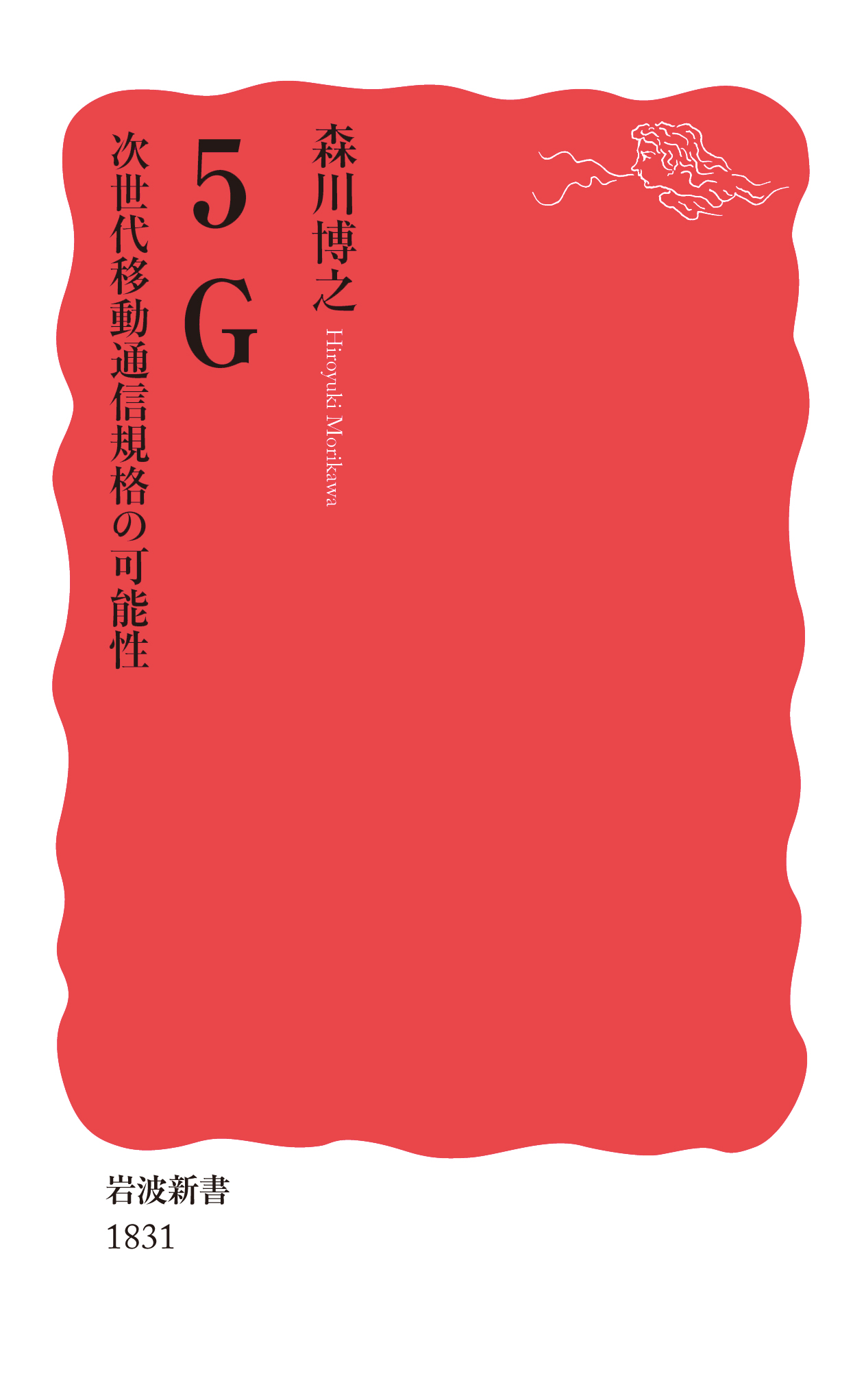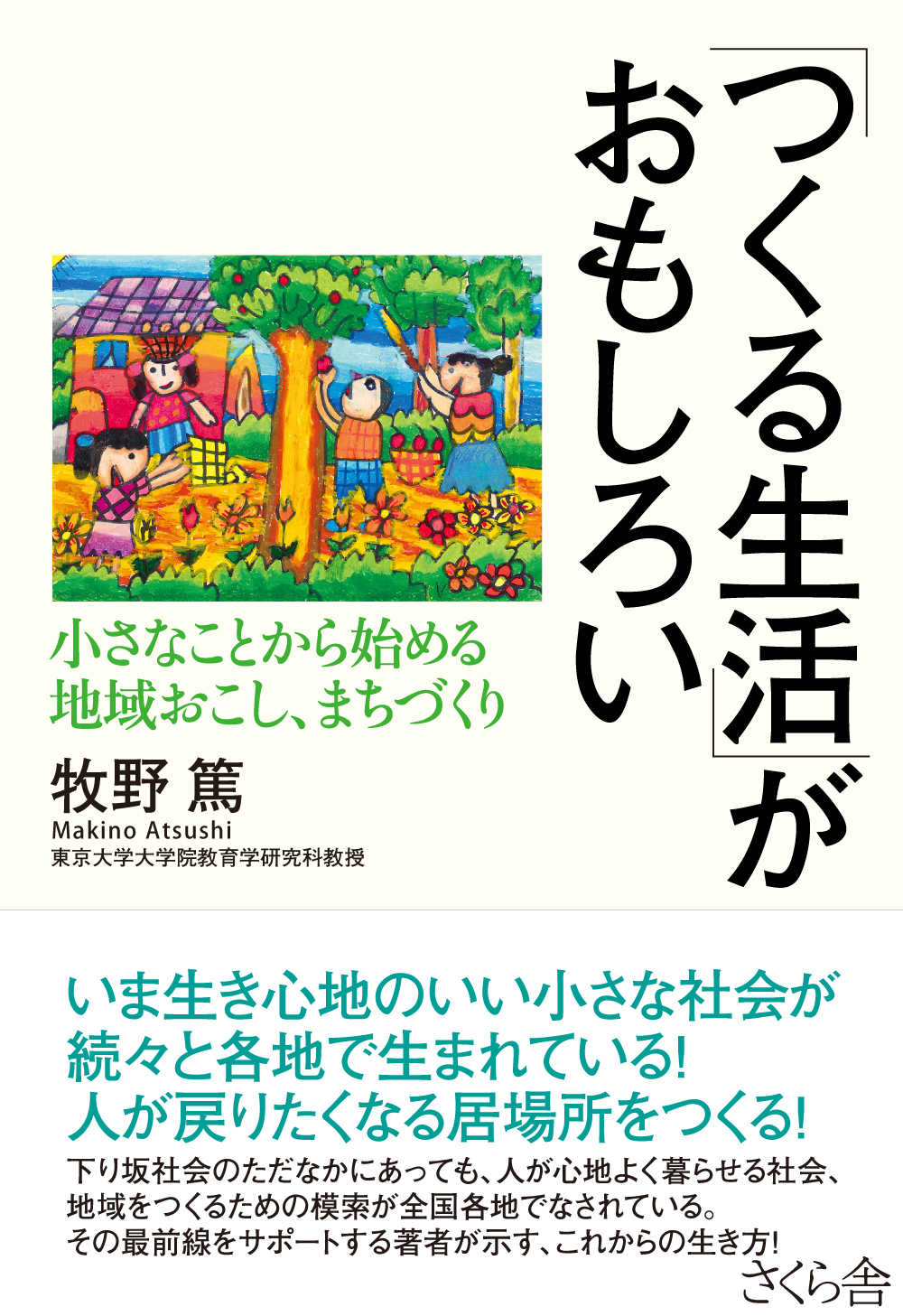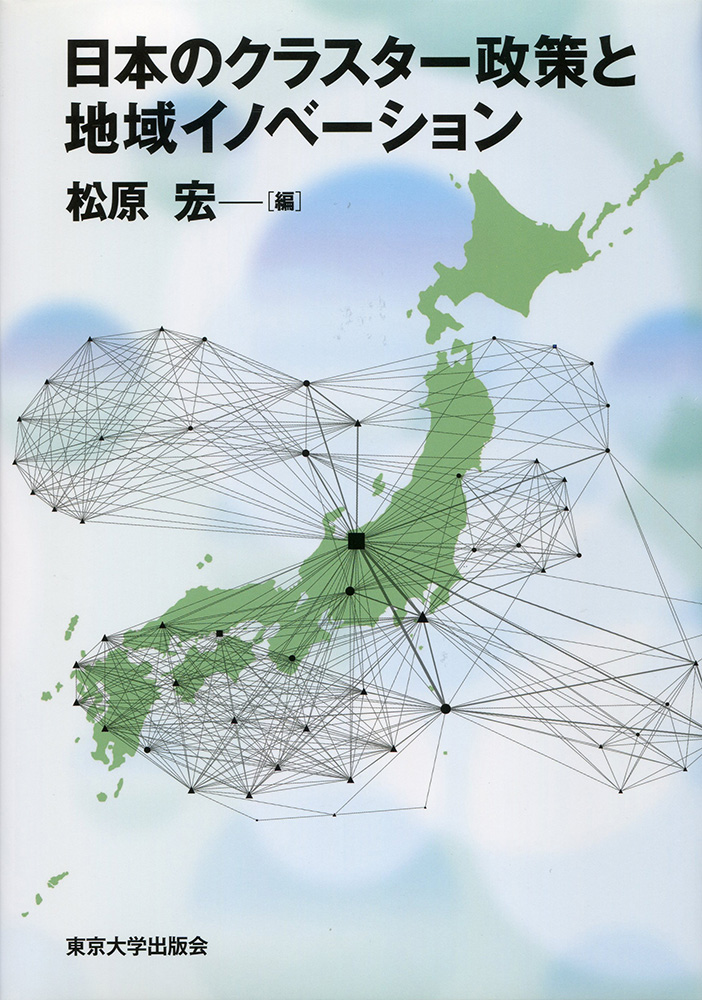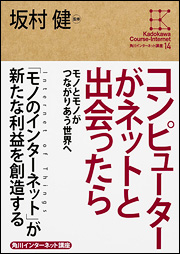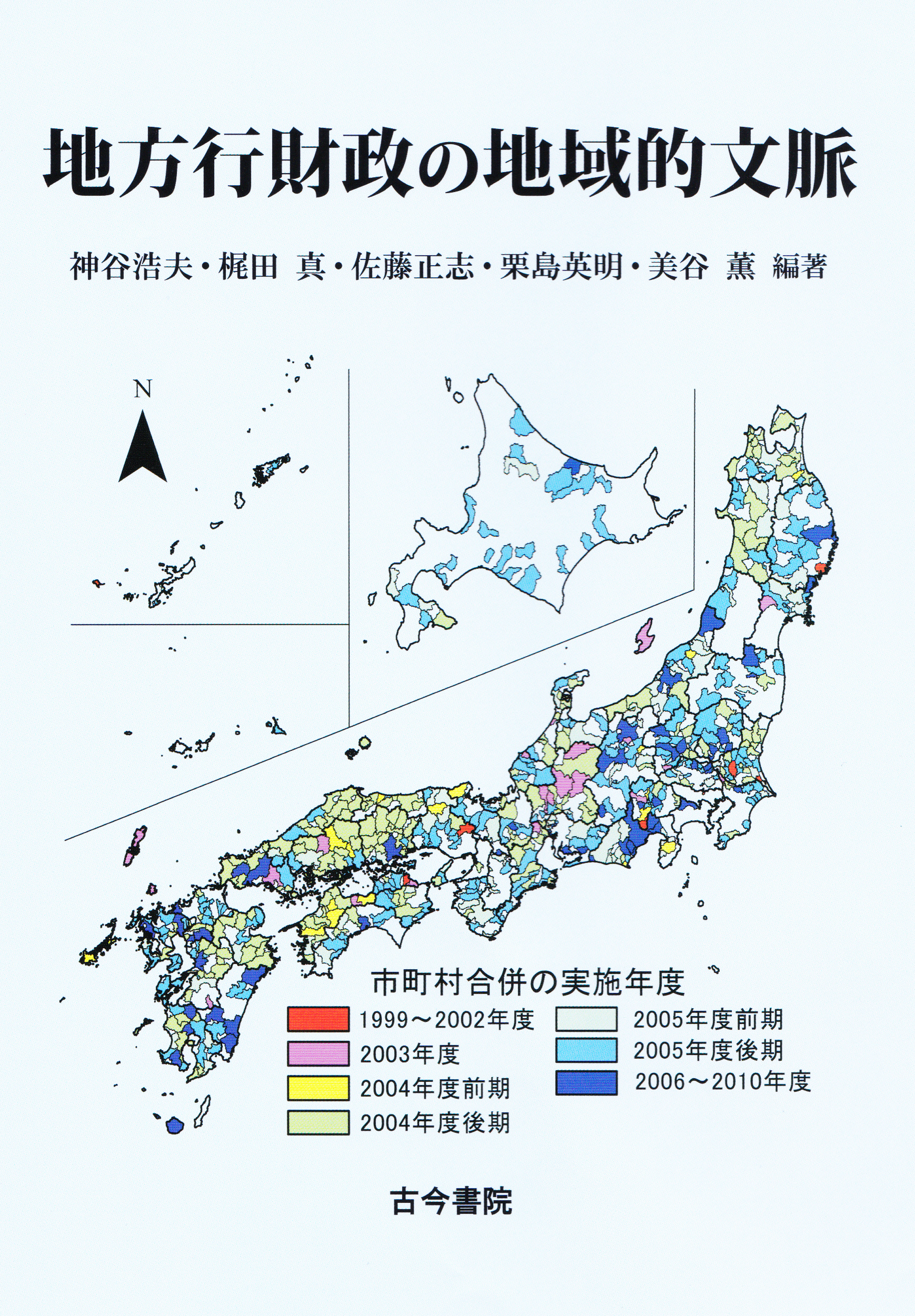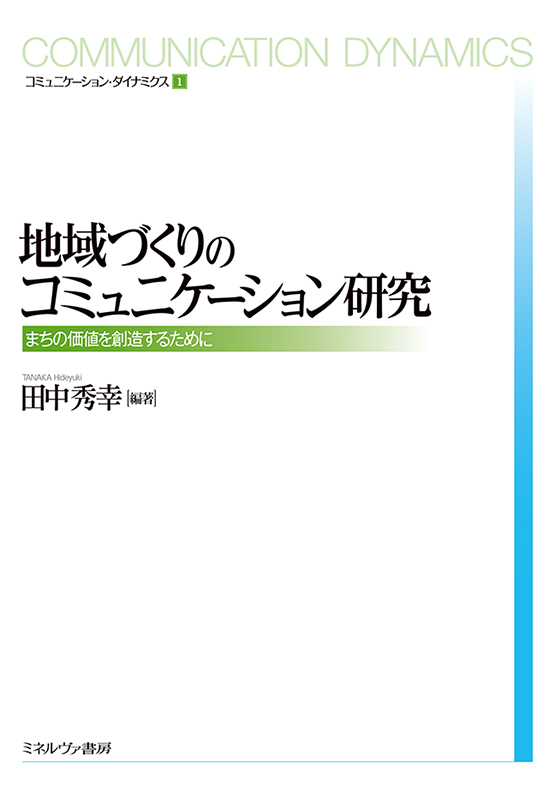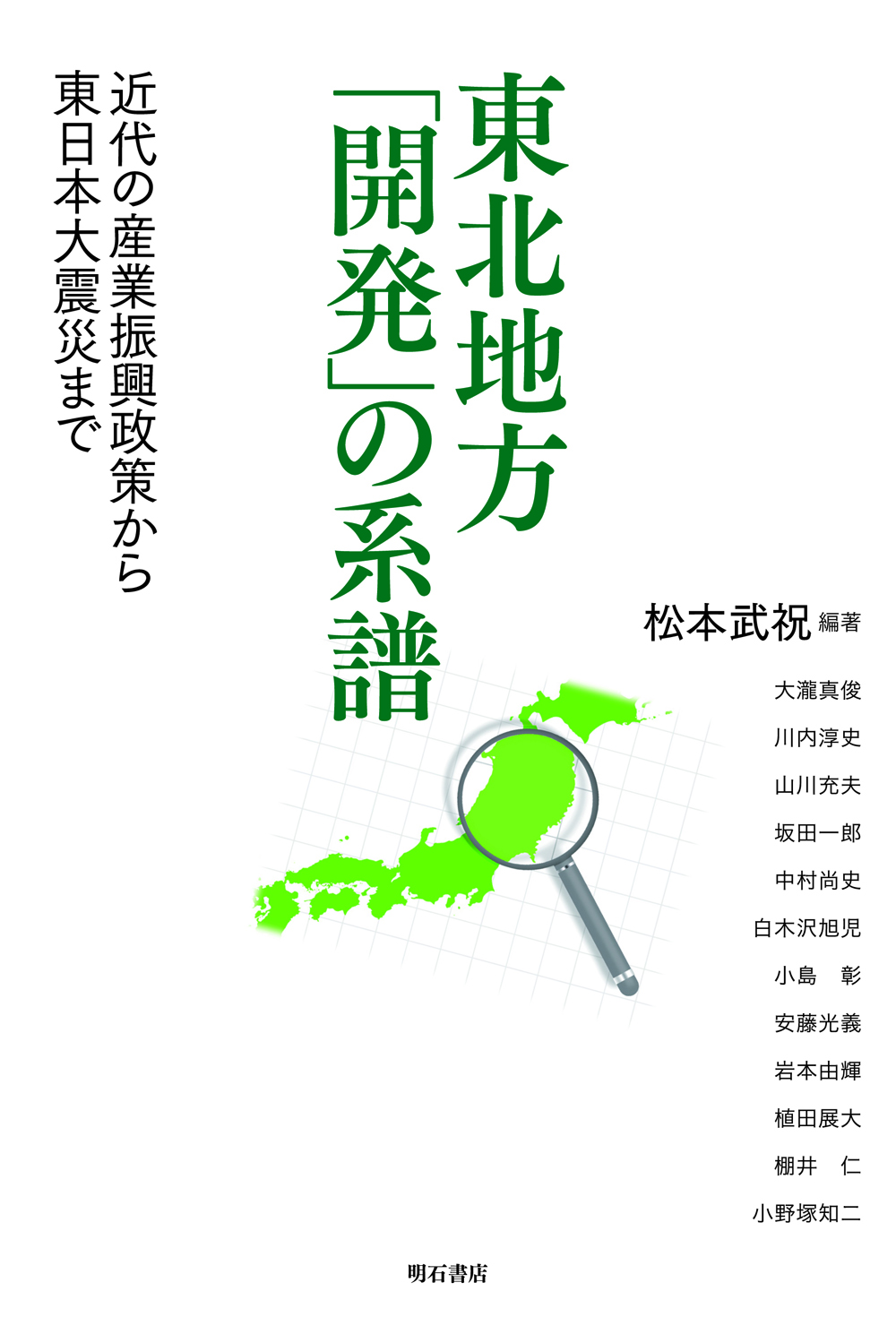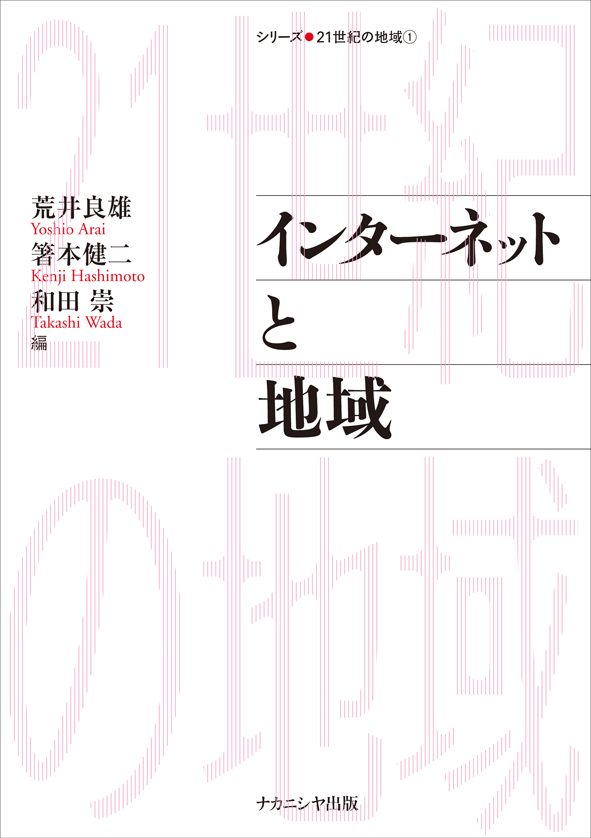
Title
Series: Regions in the 21st century (1) Internet to Chiiki (Internet and regions)
Size
204 pages, A5 format
Language
Japanese
Released
March 30, 2015
ISBN
978-4-77-950909-4
Published by
Nakanishiya publisher
Book Info
See Book Availability at Library
Japanese Page
As the Internet becomes widely used and well established, the so-called “Information Revolution,” in which information and communication technology rapidly changes the characteristics of society, has taken a new twist since the late 1990s. Researchers trained in “information geography” around the world have brought up the issue of geographical digital divide and the emergence of cyberspace, a virtual world created on the Internet. In Japan, people have shown their interests in aspects of the Internet as a tool of regional policies and regional promotions. Japan’s efforts towards community informatization underwent a transition from the stage of accessibility up until the 1990s, mainly aiming at communication infrastructure building, to the stage of adaptability after the 2000s, with the primary focus on regional promotion by capitalizing on communication infrastructure.
Given these situations, the book attempted to reveal the actual condition of the Internet and communities involved in diverse ways through reporting on the Internet, disseminated and established in many parts of Japan in the early 21st century, and various community informatization projects utilizing information that is stored and distributed on the Internet. Part I, titled “Internet infrastructure building and the regional information divide,” focuses on the reorganization of local administrations, and regional digital divide and reports on the condition of Internet infrastructure building and related issues in various regions of Japan from the perspective of information accessibility. Part II, titled “community and industry building by utilizing the Internet,” takes up geographical and societal contexts of community informatization projects and describes the actual conditions of community informatization projects in various parts of Japan. Lastly, Part III, titled “the Internet used by ordinary citizens and online community,” pays attention to the correlation between cyberspace and real space and reveals actual conditions of the Internet used by ordinary citizens and online community created by them from the perspective of adaptability, meaning how to utilize information.
All the topics discussed in this book point to the fact that the Internet and efforts to utilize it are geographical, not unrelated to spatial locations on earth’s surface or social life. The Internet is going through a rapid technological progress while continuously offering new varieties of services. For this reason, considering the latest developments of the Internet, some issues raised in this book may be rather outdated. However, I hope that this book will provide clues for deciphering the condition of communities in the Internet age, as well as to what the future holds.
(Written by ARAI Yoshio,, Professor, Graduate School of Arts and Sciences / 2017)



 Find a book
Find a book


